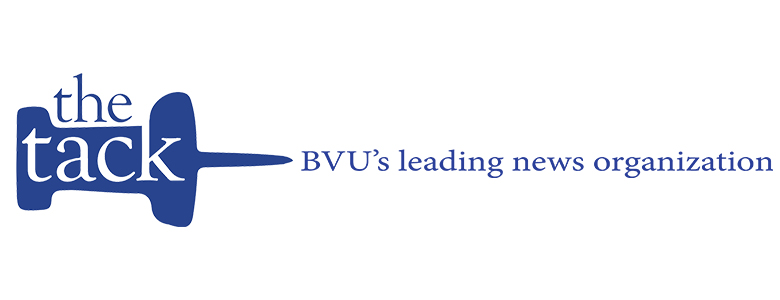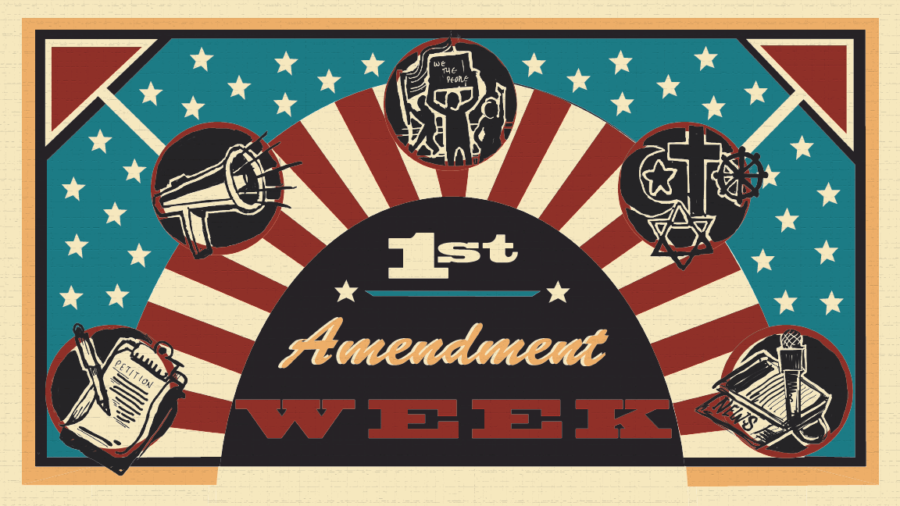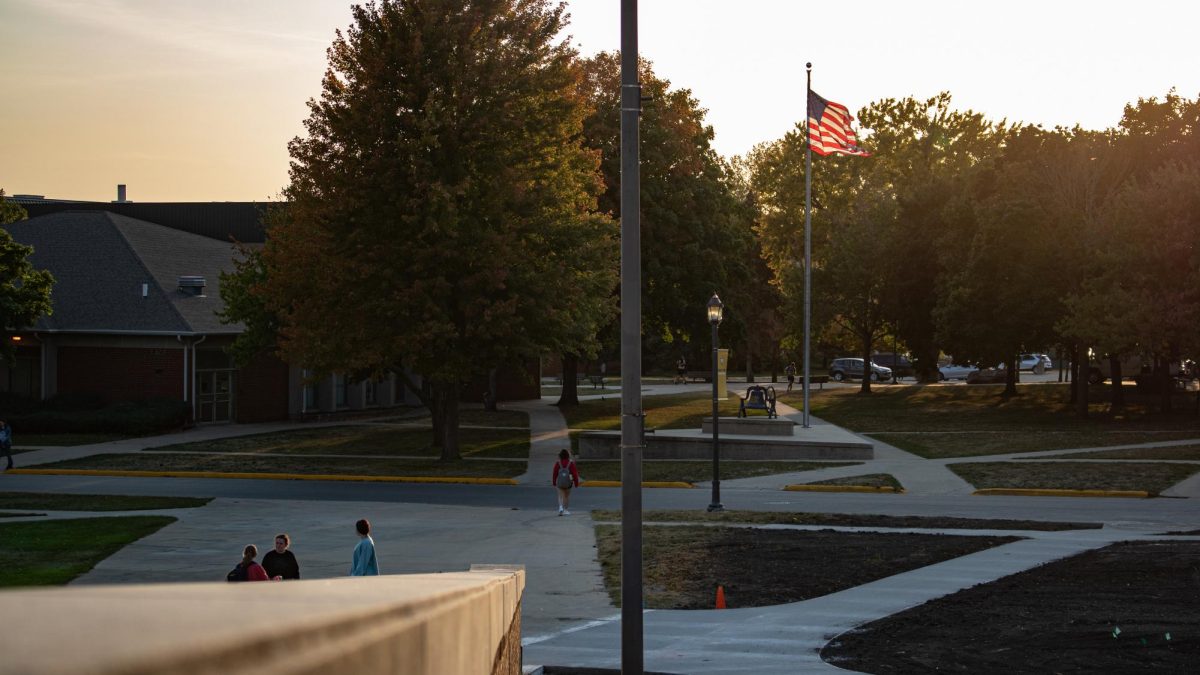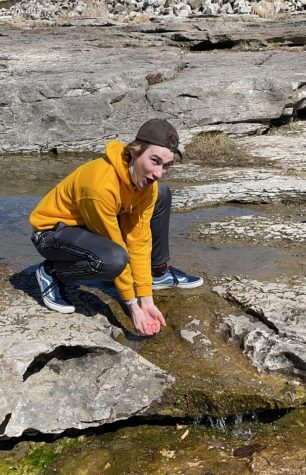According to Truthout, 79% of Americans are worried about misinformation. The article stated, “People polled worry the information they are seeing online is false, fake or a deliberate attempt to confuse.” Fewer and fewer people around the country are getting their news from a reliable source. Then you may be asking yourself where are people getting their news from? Pew Research concludes that 24% are getting news from a news source, 18% social media, 12% a basic search and 5% podcasts. This may not seem worrisome but once you see what people are consuming and sharing online that’s when it clicks in.
Misinformation can be seen as a First Amendment issue and an ethics issue. The First Amendment issue that would arise with misinformation would be free press. If a president spreads falsehoods without consequences, it could dismantle the media’s ability to be an independent source. This can also be seen as an ethics issue with some examples being trust, public responsibility, moral leadership and the overall impact on our democracy.
The first ethics example trust: a president should be expected to lead by example and tell the country the truth. In connection to public responsibility, the president has a huge impact on public perception, policy decisions, and national security. When most people think of moral leadership one would assume the president would be a good role model and communicate honestly with the public. Lastly, when a president spreads misinformation or lies it’s a direct threat to our democracy.
The spread of misinformation by the president can also pose a threat to the press. This can be a massive issue where our journalists are the ones holding our leaders accountable. Earlier in March the White House says it will determine which news outlets cover Trump. After this announcement many worried about the state of our democracy. This would roll back over a century of tradition. The tradition has been steady with allowing independent news organizations to hold the president accountable on behalf of the country. On April 9, a judge ordered the White House to allow the Associated Press access to news events. The reason being the court under the First Amendment says it cannot shut its doors to other journalists because of those viewpoints. The main takeaway from the article was when it stated, “Today’s ruling affirms the fundamental right of the press and public to speak without government retaliation.” This was a big win for the Associated Press and journalists who have been criticized for holding the president accountable for his actions.
Throughout President Donald Trump’s spotlight in the past decade his lies have been a danger to many around the country. President Trump denies the truth frequently and will call it fake news. Throughout his presidency its been a battle between Trump and the truth. Presidential historian Michael Beschloss said he has never seen a president in history lie so continuously and outrageously. Sometimes untangling disinformation can be tricky but there were many false claims in the 2024 presidential debate. Trump claimed in Springfield, Ohio they were eating the dogs and cats. This remark was aimed towards Haitian immigrants but later was proven to be false. This wasn’t the first time Trump has shown his anti-immigrant rhetoric. This situation led to more division among the people.
Sadly, these types of lies are believed by many. I urge you to do your research and know what sources are credible. As a country we can do better. Don’t share something on a network until you know its truthful. Misinformation is deadly and it is a core problem that faces us today. There are several threats that face us with misinformation in the world. Misinformation can sway the public opinion based on falsehoods, erode trust and lead to public health risks. Misinformation is not just an inconvenience it’s a profound threat to the fabric of society.











Betsy Finken • Apr 16, 2025 at 8:07 am
This was a great read and a very well written article!
Risa Lowe • Apr 13, 2025 at 11:27 pm
Thank you for sharing such important information. This is a very scary time for the United Stares.
When unsettlingly things happen in the United States, it is common to look for our President for guidance and positive words for the way forward. Sadly, we do not have anything positive with the current President.
Thank you for such good information, Brock.
V/R,
Risa Lowe
Joan Potter • Apr 13, 2025 at 12:29 pm
Brock, I appreciate your efforts finding the truth, and verifying the facts. I, for one, do not trust everything I hear or read, so I research also!!! Thank you for inviting me to read your project!!!!
Jo Ellen Latham • Apr 12, 2025 at 11:29 am
Well written and thought-provoking! I like how you connected the foundations of our democracy to some of the current events and the detrimental impact of untrue information.
Melissa Harris • Apr 12, 2025 at 9:36 am
Straightforward, clear, well-cited, and much-needed message!
Jan Finnegan • Apr 12, 2025 at 8:43 am
Brock’s essay tells us exactly why we need to pay attention to what we are hearing and reading. Check sources, seek the truth. I really enjoyed reading this. Excellent job, Brock.
Judy K. Rasmussen • Apr 11, 2025 at 8:48 pm
Great job, Brock, and all true!!!